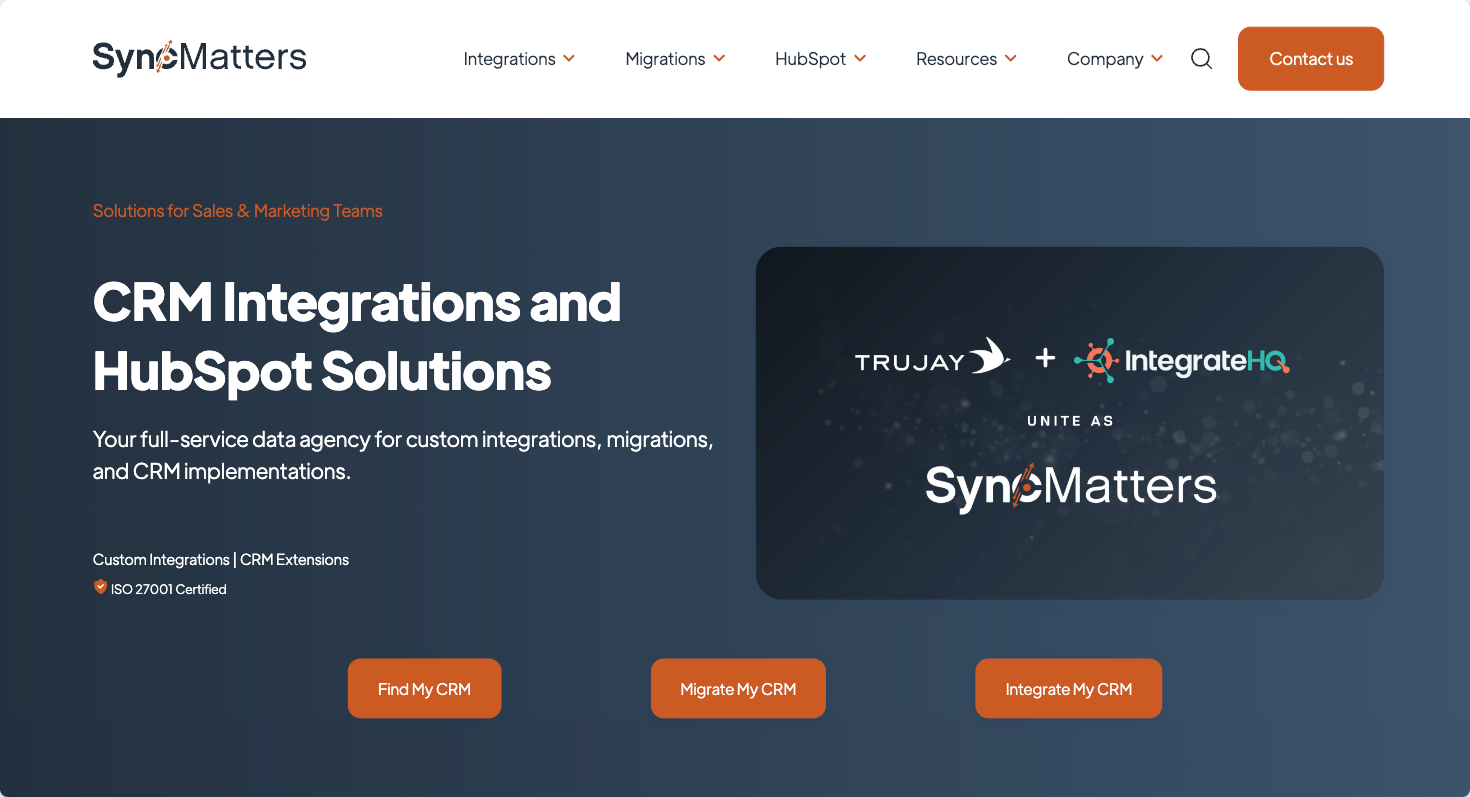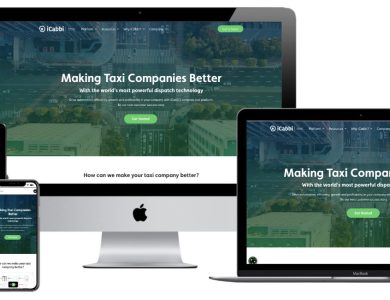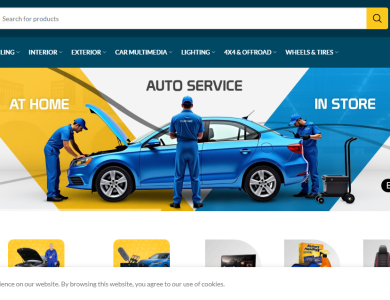
ERP to CRM Integration: Bridging Systems for Enhanced Business Performance
In the modern business landscape, efficiency and seamless data flow are crucial for maintaining a competitive edge. One of the most effective ways to achieve this is through ERP to CRM Integration. This integration links Enterprise Resource Planning (ERP) systems with Customer Relationship Management (CRM) systems, creating a unified platform that enhances business processes, improves customer interactions, and drives overall performance. This article explores the benefits, challenges, strategies, and best practices for integrating ERP with CRM systems.
What is ERP to CRM Integration?
ERP to CRM integration involves connecting ERP systems, which manage internal business processes such as inventory, procurement, and finance, with CRM systems, which handle customer interactions, sales, and marketing activities. The goal of this integration is to synchronize data between these two systems, ensuring that information flows seamlessly across different departments and functions.
By integrating ERP and CRM systems, organizations can create a cohesive environment where data is consistent and accessible, leading to more informed decision-making and enhanced operational efficiency.
Benefits of ERP to CRM Integration
Unified Customer View
One of the primary benefits of ERP to CRM integration is the creation of a unified customer view. Integration allows organizations to consolidate customer information from both systems, providing a comprehensive view of customer interactions, purchase history, and preferences. This unified view enables more personalized and effective customer engagement.
Improved Data Accuracy
Integrating ERP and CRM systems reduces the need for manual data entry and data duplication. By synchronizing data between systems, organizations can minimize errors and inconsistencies, leading to more accurate and reliable information.
Enhanced Efficiency
ERP to CRM integration streamlines business processes by automating data transfer and reducing the need for manual intervention. This automation improves efficiency, speeds up workflows, and frees up employees to focus on more strategic tasks.
Better Decision-Making
Access to integrated data from both ERP and CRM systems provides valuable insights into business operations and customer behavior. This comprehensive data enables better decision-making, allowing organizations to respond more effectively to market trends and customer needs.
Streamlined Processes
Integration eliminates the silos between departments by ensuring that information flows seamlessly between the ERP and CRM systems. This streamlining of processes enhances collaboration between sales, finance, and customer service teams, leading to improved overall performance.
Enhanced Customer Experience
A unified view of customer data allows organizations to deliver more personalized and responsive customer service. Sales and customer service teams can access up-to-date information on orders, inventory, and customer interactions, leading to quicker resolutions and improved customer satisfaction.
Cost Savings
By automating data synchronization and reducing manual processes, ERP to CRM integration can lead to cost savings. Organizations can lower operational costs, reduce the risk of errors, and improve resource allocation.
Challenges of ERP to CRM Integration
Complexity of Integration
Integrating ERP and CRM systems can be complex, particularly when dealing with different technologies and data structures. Ensuring seamless data flow and system compatibility requires careful planning and technical expertise.
Data Consistency
Maintaining data consistency between ERP and CRM systems can be challenging. Differences in data formats, definitions, and standards may lead to discrepancies and integration issues.
Change Management
Employees may resist changes brought about by ERP to CRM integration, particularly if they are accustomed to working with separate systems. Effective change management strategies, including communication and training, are essential for overcoming resistance and ensuring successful adoption.
Integration Costs
The costs associated with integrating ERP and CRM systems can be significant. These costs may include software licenses, integration tools, and consulting services. Organizations must weigh these costs against the potential benefits and long-term value of integration.
Data Security
Ensuring data security during integration is critical. Organizations must implement robust security measures to protect sensitive information and ensure compliance with data protection regulations.
Ongoing Maintenance
ERP to CRM integration requires ongoing maintenance to ensure that data remains synchronized and systems continue to operate effectively. Regular updates, monitoring, and troubleshooting are necessary to address any issues that arise.
Strategies for Successful ERP to CRM Integration
Define Objectives and Scope
Before starting the integration process, clearly define the objectives and scope of the integration. Identify the specific goals you want to achieve, such as improved data accuracy, enhanced customer service, or streamlined processes. Understanding these objectives will guide the integration strategy and help measure success.
Choose the Right Integration Approach
There are several approaches to ERP to CRM integration, including:
- Point-to-Point Integration: Connecting individual ERP and CRM systems directly through custom interfaces. This approach may be suitable for simpler integration needs but can become complex with multiple systems.
- Middleware Integration: Using middleware solutions to facilitate data exchange between ERP and CRM systems. Middleware can simplify integration and provide additional functionality, such as data transformation and validation.
- API-Based Integration: Leveraging Application Programming Interfaces (APIs) to enable seamless data exchange between ERP and CRM systems. APIs provide flexibility and scalability, allowing for more sophisticated integrations.
Choose the approach that best aligns with your organization’s needs, resources, and technical capabilities.
Ensure Data Mapping and Standardization
Data mapping involves aligning data fields and structures between ERP and CRM systems to ensure consistency. Standardize data formats, definitions, and naming conventions to prevent discrepancies and ensure accurate data synchronization.
Implement Integration Tools and Middleware
Select and implement integration tools or middleware that facilitate data exchange between ERP and CRM systems. These tools should support the chosen integration approach and provide features such as data transformation, error handling, and monitoring.
Test and Validate Integration
Before fully deploying the integration, conduct thorough testing and validation to ensure that data flows correctly between systems and that automated processes function as expected. Address any issues or discrepancies before rolling out the integration to the entire organization.
Provide Training and Support
Offer training and support to employees who will be using or interacting with the integrated systems. Ensure that they understand how to access and utilize data from both ERP and CRM systems and how to handle any issues that may arise.
Monitor and Optimize
Regularly monitor the performance of the integration and analyze the results. Use analytics tools to track key metrics, identify areas for improvement, and optimize the integration to enhance efficiency and effectiveness.
Maintain Data Security and Compliance
Implement robust data security measures to protect sensitive information and ensure compliance with data protection regulations. Regularly review and update security practices to address emerging threats and vulnerabilities.
Best Practices for ERP to CRM Integration
Collaborate Across Teams
Ensure collaboration between IT, sales, finance, and other relevant teams during the integration process. Cross-functional collaboration helps align objectives, address challenges, and ensure that the integration meets the needs of all stakeholders.
Choose Scalable Solutions
Select integration tools and platforms that are scalable and capable of accommodating future growth. Scalable solutions ensure that the integration remains effective as your organization’s needs and systems evolve.
Focus on Data Quality
Prioritize data quality by implementing data governance practices and ensuring that data is accurate, consistent, and up-to-date. High-quality data is essential for successful ERP to CRM integration and for making informed decisions.
Document Integration Processes
Document the integration processes, including data mapping, workflows, and configuration settings. Comprehensive documentation helps with troubleshooting, future updates, and knowledge transfer.
Plan for Change Management
Develop a change management plan that includes communication strategies, training programs, and support resources. Address employee concerns and provide clear information about how the integration will impact their roles and responsibilities.
Regularly Review and Update Integration
Regularly review and update the integration to ensure that it continues to meet organizational needs and adapts to changes in systems or processes. Continuous improvement helps maintain the effectiveness of the integration.
Leverage Vendor Support
Take advantage of support and resources provided by ERP and CRM vendors. Vendors often offer guidance, best practices, and technical support to help with integration and address any challenges that arise.
Future Trends in ERP to CRM Integration
Artificial Intelligence and Machine Learning
AI and machine learning technologies are increasingly being integrated into ERP and CRM systems. These technologies enhance integration capabilities by enabling predictive analytics, intelligent automation, and advanced data processing.
Cloud-Based Solutions
Cloud-based ERP and CRM solutions are gaining popularity for their scalability, flexibility, and ease of integration. Cloud technologies facilitate seamless data exchange and support remote work and collaboration.
Enhanced API Capabilities
Advancements in API technology are improving the flexibility and functionality of ERP to CRM Integration. Enhanced APIs provide more robust integration options and support real-time data synchronization.
Integration with Emerging Technologies
As new technologies such as Internet of Things (IoT) and blockchain become more prevalent, integrating these technologies with ERP and CRM systems will offer new opportunities for data synchronization and process optimization.
Focus on User Experience
Future integration efforts will increasingly focus on improving the user experience by providing intuitive interfaces, streamlined workflows, and seamless interactions between ERP and CRM systems.
Conclusion
ERP to CRM integration is a powerful strategy for enhancing business performance, improving efficiency, and driving better customer relationships. By creating a unified platform where data flows seamlessly between ERP and CRM systems, organizations can achieve greater accuracy, productivity, and overall success.
While integrating ERP and CRM systems presents challenges, following best practices, addressing potential issues, and staying informed about emerging trends can help organizations maximize the benefits of integration. As technology continues to evolve, ERP to CRM integration will play a crucial role in helping businesses adapt, innovate, and remain competitive in the modern marketplace. Embracing integration and leveraging its capabilities will enable organizations to achieve their goals and drive long-term growth.



